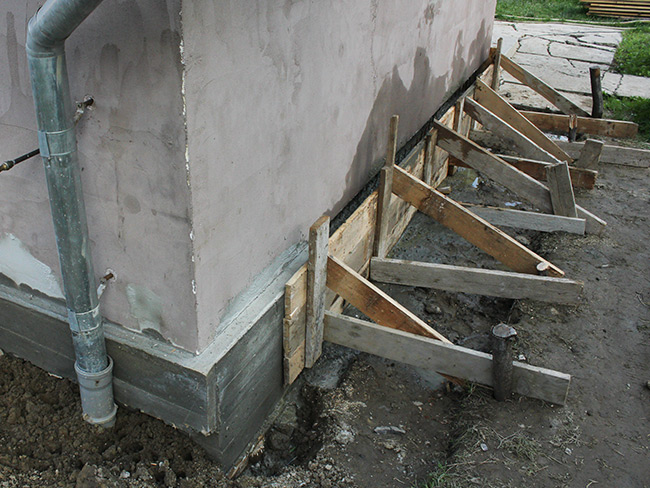Types of Slab Foundations

Concrete slab foundations are popular among homes located in warm climates as they require less excavation and cost less to construct than other forms of foundations.
An inspector of commercial property should understand that not all slab foundations are alike. Learn the various types of foundation so that you can identify potential issues during inspections.
Conventional Slab Foundation
Conventional slab foundations are currently the most prevalent home foundation type. Consisting of a flat concrete piece poured directly on the ground and reinforced with steel mesh or rebar for increased strength, they make up over 50 percent of all home foundation types today. Know more details about Underpinning Melbourne.
Foundations designed for use in hot temperatures and stable soil conditions may be more suitable. If the land you own features a high water table or poor drainage, other options should be explored to minimize potential damages to property.
Conventional slab foundations are relatively affordable to build, making them an attractive option for new homes on smaller lots. Plus, they’re less likely to suffer moisture issues compared to other foundation types; however, over time they may settle over time and require either lifting up or replacement in some instances. Homeowners with conventional slab foundations should avoid planting trees with aggressive roots less than 50 feet from their house as these roots could push it upward.
T-Slab Foundation
Slab foundations don’t require crawl spaces, thereby freeing up living space beneath your home and protecting against mold, mildew, and pest infestation as there are no gaps where moisture or insects could get inside.
An effective slab foundation requires the installation of gravel and plastic vapor barriers to keep moisture and vapor from rising into the concrete. Footings must also be installed for stabilization purposes, and should be deep enough so as to avoid freezing in cold climates.
Unfortunately, many older homes built on a slab foundation were constructed without having their footings properly dug and reinforced, leading to moisture and drainage problems that lead to cracking and heaving in your slab foundation home. Therefore, it’s crucial that professional services conduct this service to make sure your footings not only meet frost line but are strong enough to resist heave and lift.
Post-Tension Slab Foundation
Post-tension slab foundations (PT) have become increasingly popular worldwide because of their many advantages. Notably, they feature superior strength, reduced weight and enable architects to achieve dynamic contouring with sleek designs – not to mention reduced maintenance costs!
This type of concrete slab features steel tendons under tension inside its concrete, which provide an alternative form of reinforcement and allow builders to create thinner slabs without compromising structural serviceability.
PT slabs can be constructed more quickly and with less excavation/grading work than pier and beam foundations, and require less excavation/grading work than traditional slab foundations. They may also be an ideal option for homes built on clay soils as they resist expansion/contraction more effectively than regular slabs. Unfortunately, their tendon connections may be susceptible to corrosion; to combat this issue it is recommended using quality tendons anchored with non-shrink grouting that prevent corrosion of these connections.
Monolithic Slab Foundation
Monolithic slab foundations are unique types of concrete floors built using one application of cement, helping reduce construction costs. They feature thicker areas under load-bearing walls and around their perimeter that function as footers – this type of foundation makes an ideal choice in climates where freezing temperatures and hot summer weather don’t pose as great of a concern.
This foundation is strong and requires minimal upkeep if properly installed anchor bolts and reinforcement are in place. Furthermore, its energy-efficiency makes it energy-saving since air does not move beneath its slab surface, and can even be constructed above flood plains without risk of cracking walls.
Building code officials typically mandate that foundations include a trench around their perimeter to form a thickened edge that prevents slab movement and frost conditions from penetrating beneath. This trench can range in depth from one-foot deep and one-foot wide in warmer climates up to two-foot deep for areas that experience penetrating frosts.
